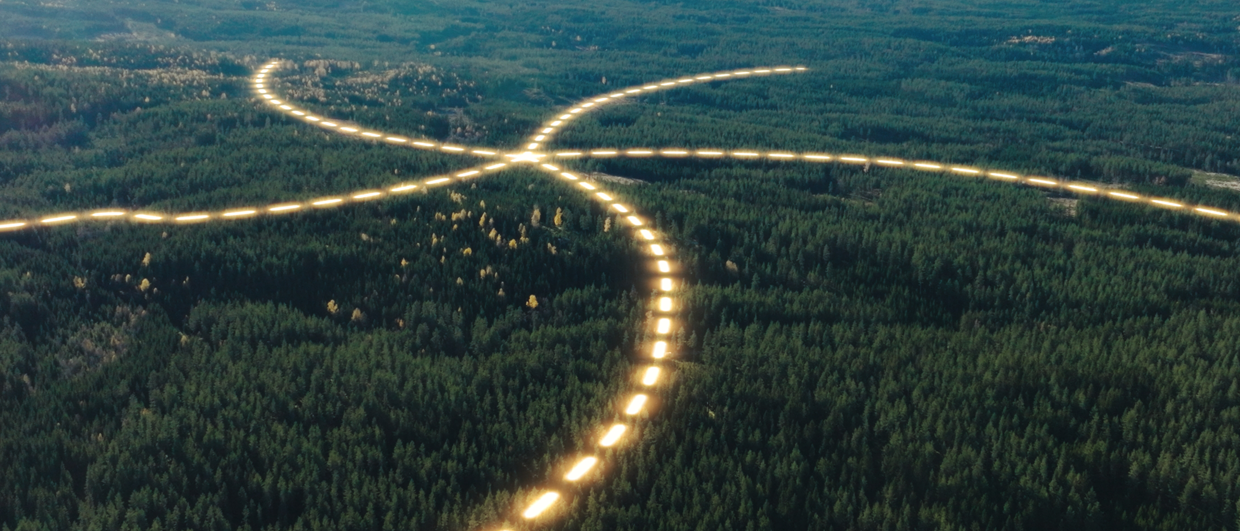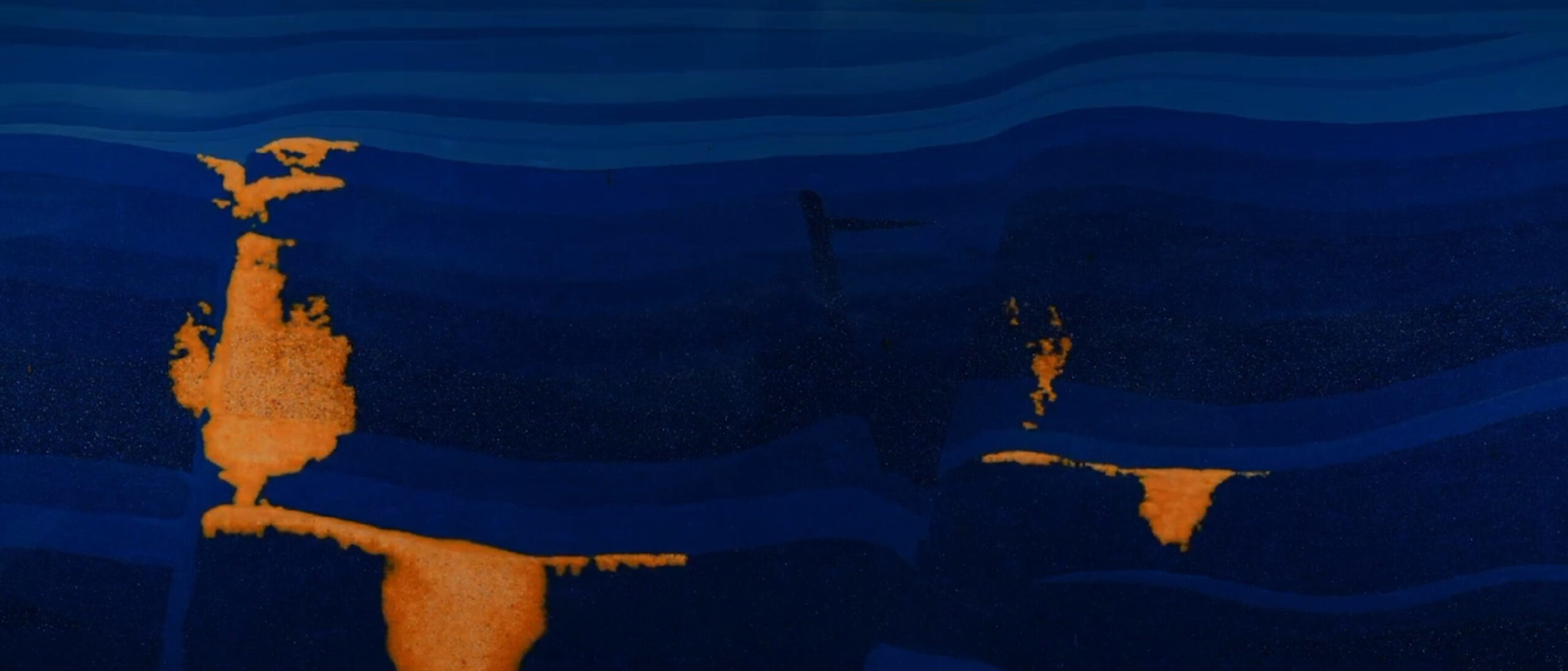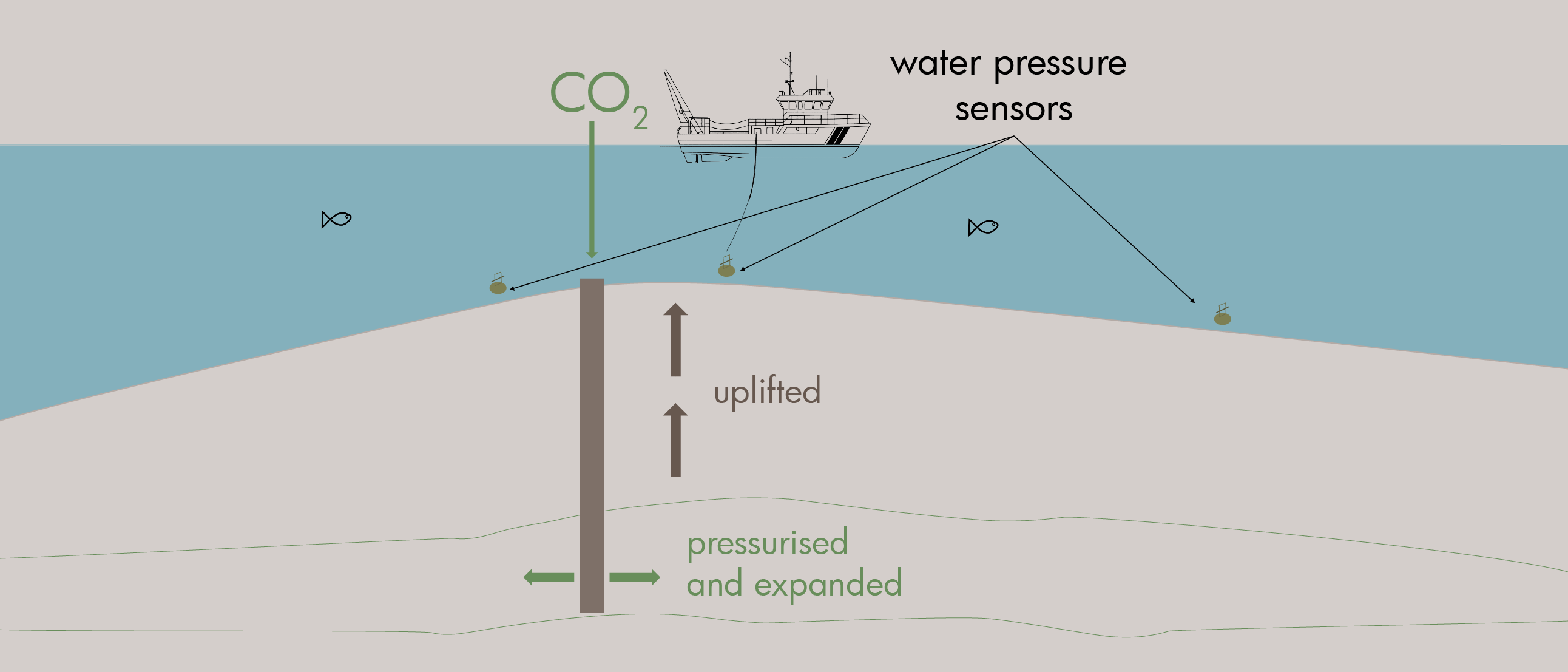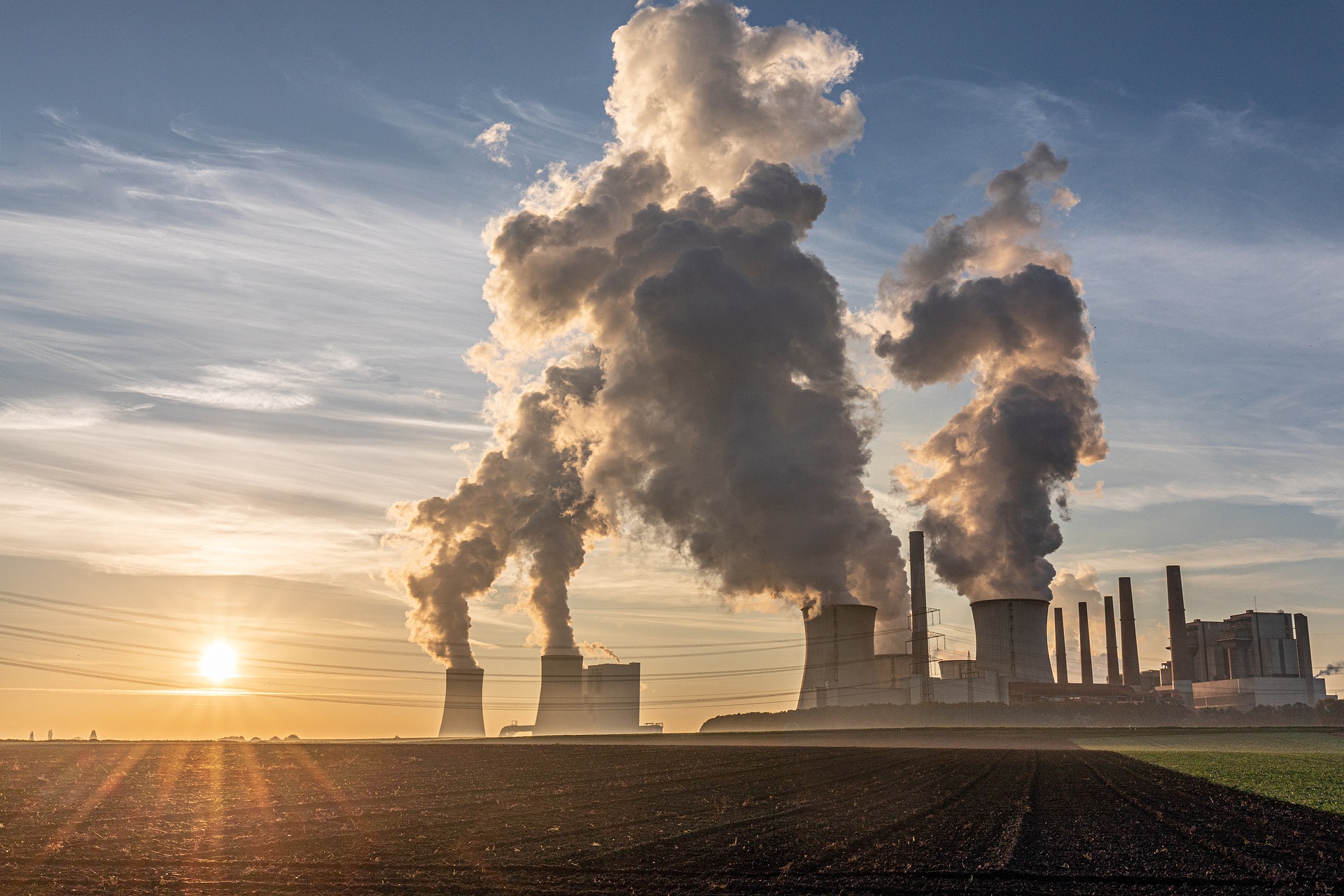It forms a wonderful pattern, NORSAR‘s new array NORFOX, which is buried deep in the forest on Løten, Norway. However, it is not particularly visible. Some long tracks and a small hut with technical equipment are all.
NORSAR’s new research facility for testing fiber optic sensor technology consists of many kilometres of fiber optic cables, laid in a star pattern with five arms, each 1.7 kilometres long.
“The NORFOX array is part of the Norwegian contribution to European consortium ECCSEL ERIC, which aims to offer world-leading research infrastructure in the field of capture, transport and storage of CO₂”, says Volker Oye, seismologist and head of department at NORSAR.
According to Volker, NORFOX will contribute to the development of cost-effective solutions for monitoring CO₂ reservoirs. To understand how the buried cables on Løten will do this, we must first understand how fiber optic cables work.
Registering tiny changes
“At NORFOX, we measure laser pulses that are sent from one end of the cable to the other, and back. If the cable is compressed a little, or stretched, the travel time changes and we are able to register this. It is quite amazing”, Volker says.
However, the facility would be of little value without an essential technology known as distributed acoustic measurement (DAS). DAS ensures that the researchers know where the deformation has taken place.
Briefly explained, the concept is that a small proportion of the laser pulses sent through the cable are continuously reflected back where they came from. It is the reflections that can reveal where the deformation took place.
NORSAR can thus record changes every five meters along the entire length of the cable. The technology turns one cable into hundreds of “measuring stations”.
In combination with the fact that approximately 1,000 laser pulses are sent out per second, this provides large amounts of data and a good overview of deformations affecting the cable.
The data gives the NORSAR researchers insight into tremors in the ground at Løten. There could be explosions at the local quarry, someone trampling hard near the cables, or there could be an earthquake with an epicenter far beyond Norway’s borders.
“The array was completely ready in April, and we have, among other things, recorded the earthquakes in Turkey this year”, adds Volker.
Fiber optics for CO₂
Detection of tremors in the ground is also relevant for monitoring CO₂ reservoirs. If future CO₂ storage sites on the Norwegian continental shelf are equipped with fiber optic cables on the seabed, it can contribute to better control of what goes on in the depths.
“Monitoring of CO₂ reservoirs using fiber optic cables can be done in at least two ways. First, we can shoot seismic in the area and let the cables pick up the waves that have been reflected in the depths. If we carry out the process repeatedly over time, we can also see any changes in the reservoir”, explains the seismologist.
But the cables can also passively listen to the smallest movements that take place in and around the reservoir, without the use of an active seismic source. Small seismic events create micro-vibrations and give an indication of pressure changes and where the injected CO₂ is migrating to.
“If we were to see an acceleration of microseismic activity in one particular place in the reservoir, it could be an early warning that measures must be taken to prevent leaks”, concludes Volker.





